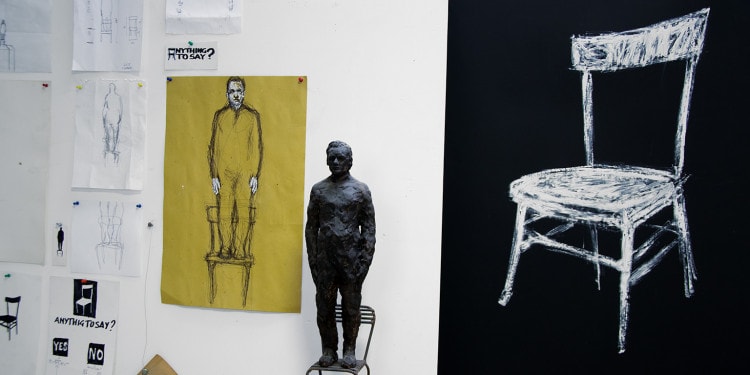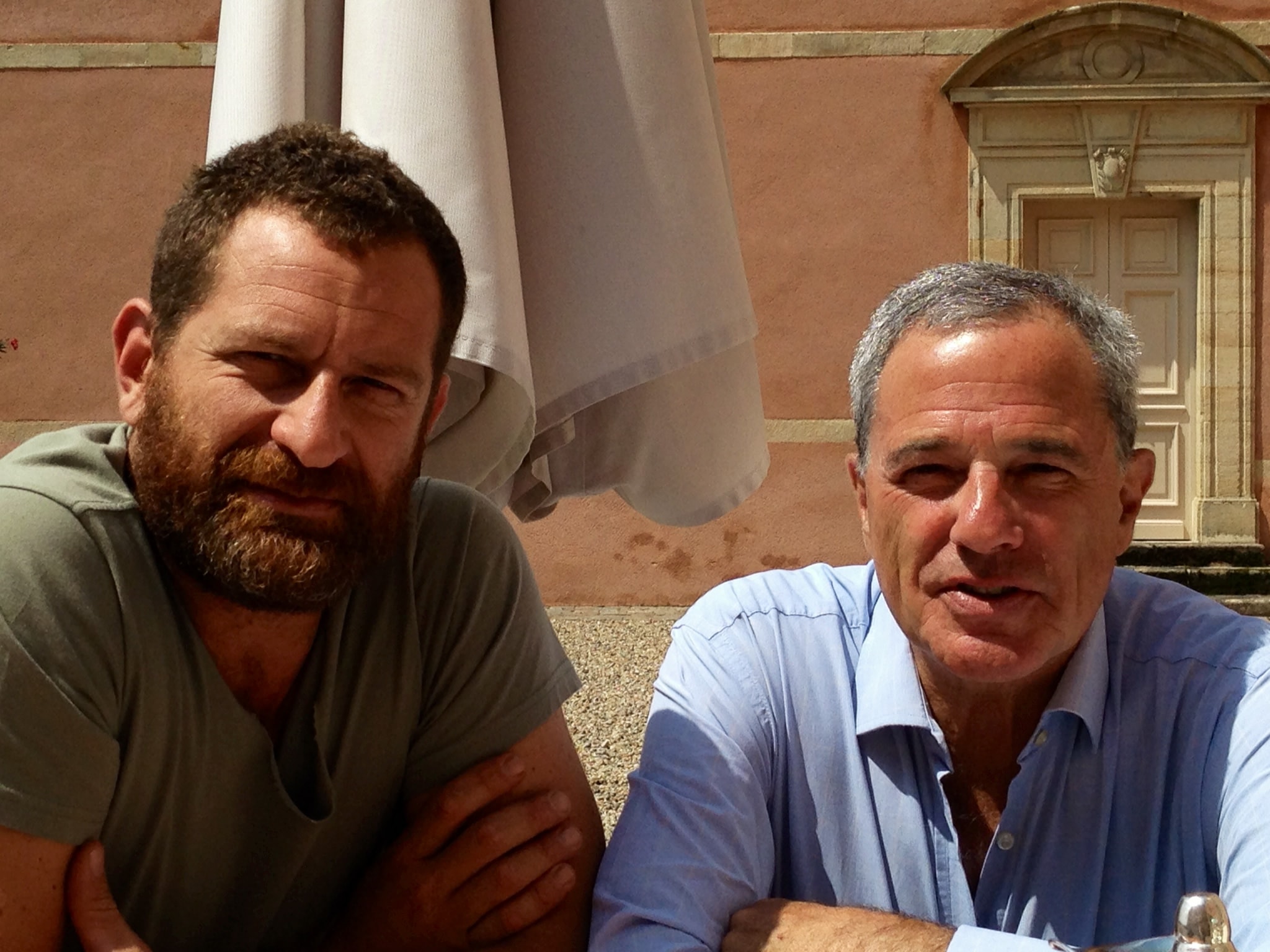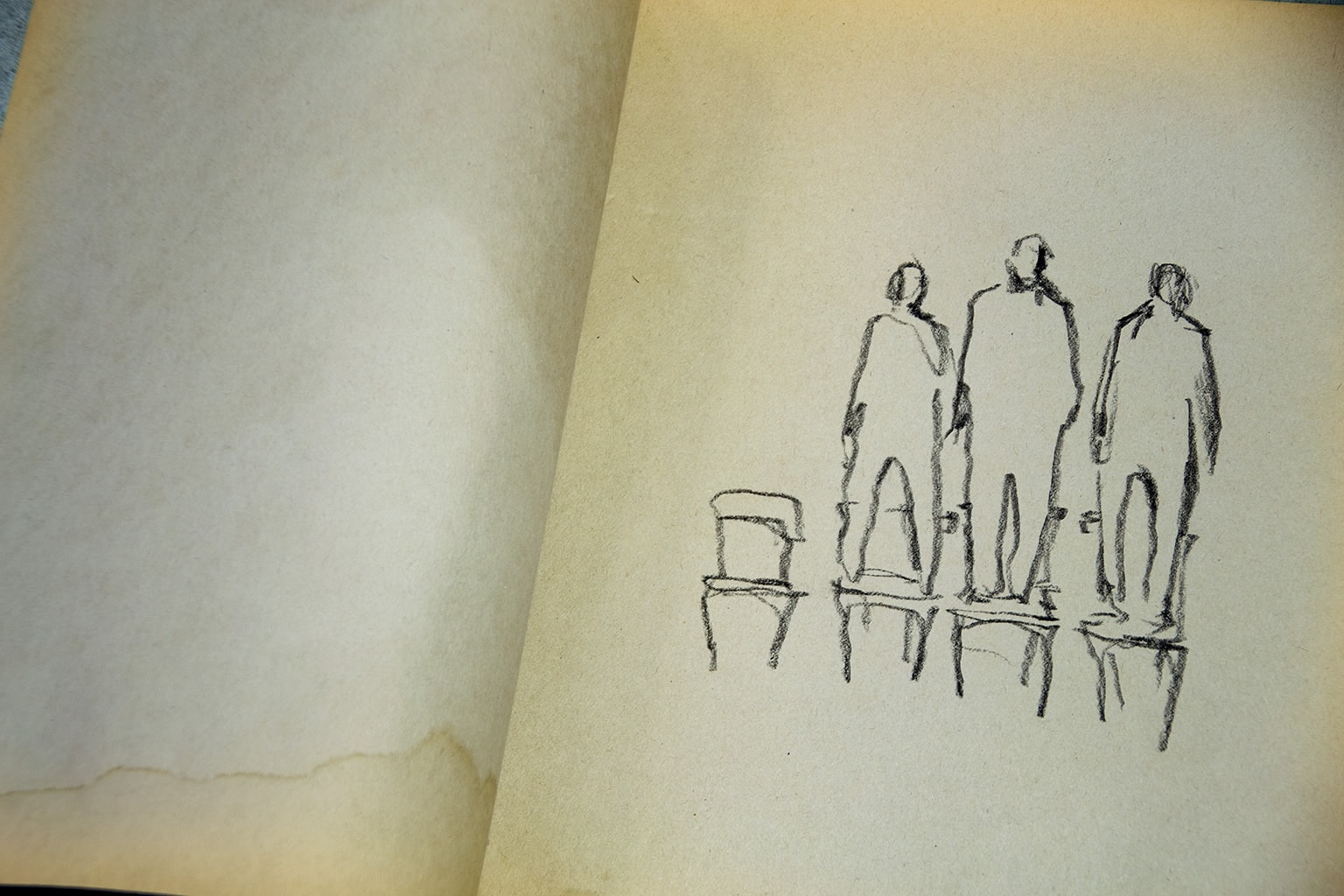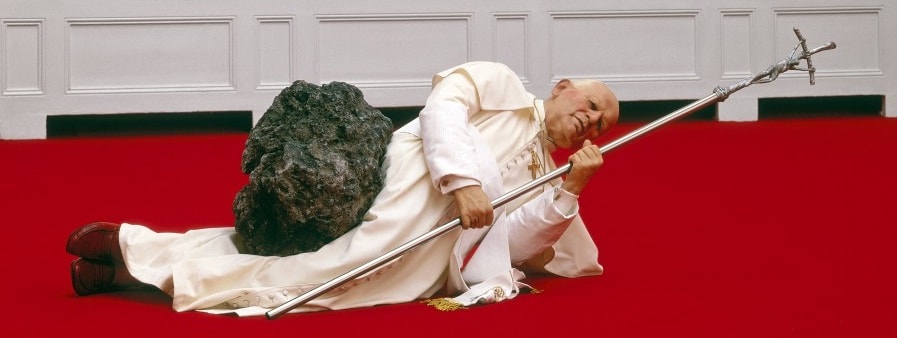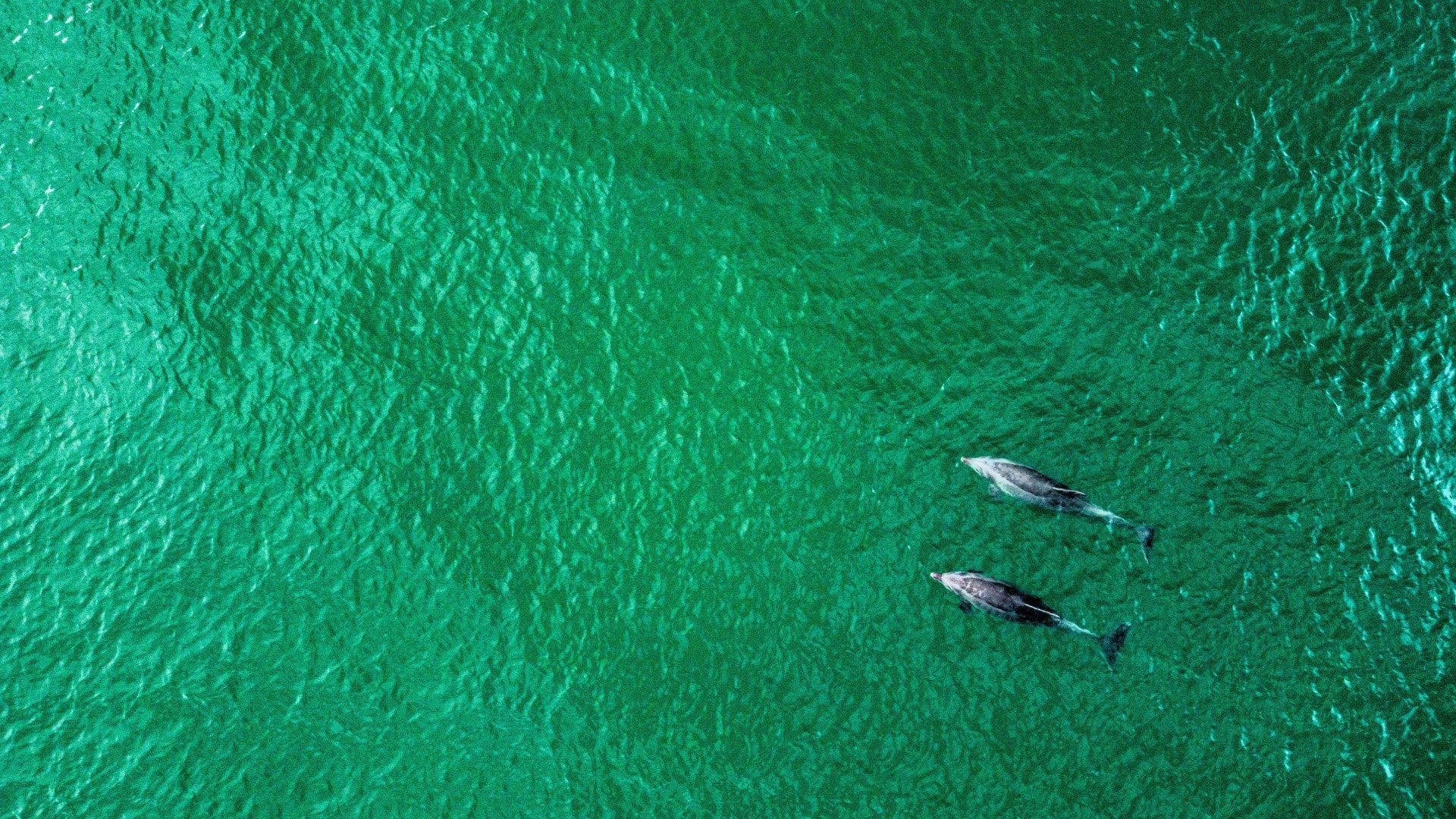From War Reporting to Contemporary Art: The “Anything to Say?” Project
What links the Frontline Club with a daring art project, provocatively titled “Anything to Say?”, a project that elevates controversial figures such as Assange, Manning and Snowden as symbols of the fight for freedom?
The Frontline Club, with its many projects and annual awards for daring wartime reporting, is on the forefront of the fight for freedom of speech. Notable recent activities include a push for greater safety for journalists (started in 2012 with a first White Paper on Safety) and a fund to support the families of “fixers”, those unsung heroes of local wars, people who help incoming journalists with information and logistics.
In the photo: Eric Bouvet’s photo of “Heroes at Maiden Square” (more than 70 people died on 20 Feb 2014) – it won the Frontline Club’s 2014 award
The “Anything to say” project is the brainchild of Charles Glass, an American author and journalist, and of Davide Dormino, a talented Italian sculptor. Charles Glass made headlines in 1987, when he was taken hostage for 62 days in Lebanon by Shi’a militants. He describes the kidnapping and escape in his book, “Tribes with Flags”. He is here with Dormino (on left):
In the photo: Davide Dormino (left) next to Charles GlassDavide Dormino, born in 1973 in Udine, has become internationally known thanks to “Breath”, a commemorative monument for Haiti’s earthquake commissioned by the United Nations and inaugurated in Port au Prince in January 2011:
 In the photo: Davide Dormino monument in Haiti: “Breath” 2011 – (bronze, cement and steel).
In the photo: Davide Dormino monument in Haiti: “Breath” 2011 – (bronze, cement and steel).
It recalls the instant before the quake, when the earth trembles and sheets are blown away, sheets that carry the first names of the dead in no particular order because Death strikes everyone equally:
The third man behind this project is Vaughan Smith, a news pioneer who, following on his Frontline Television News known for covering the world’s hot spots from Iraq to Somalia, founded the Frontline Club in London in 2003. This is a community of journalists and like-minded people who champion independent journalism and promote better understanding of international news and its coverage. Vaughan Smith became famous for braving censorship in the first Gulf War, when, disguised as a British Guards Office, he succeeded in filming the only uncontrolled combat footage of the Allied attack in the Gulf War (feb. 1991):
 In the photo: Oil filed in Iraq 1991.
In the photo: Oil filed in Iraq 1991.
Since the art project for freedom cannot come to life without funding – an estimated €200,000 are required – Vaughan Smith is sponsoring a Kickstarter campaign for crowdfunding, to raise £ 100,000 by January 1, 2015. All the money donated will be invested in the project: in the fusion of bronze, as well as the transport and installation of the artwork.
…………………………………………………………………………………………………………………. More: OIL SPILLS: A DOUBLE-STANDARD WORLD article by Hannah Fisher-Lauder DIARY OF A UN OFFICIAL: MISSION #1 – MAURITANIA article by Claude Forthomme ………………………………………………………………………………………………………………….Why the expense?
The project is complex. It involves the casting in bronze of three life-size statues of the said figures standing on chairs, and a fourth chair deliberately left empty. The empty chair is there on purpose, a call for you, for anyone to step forward and step up with “anything to say” in both protest and defense of freedom of speech. As suggested in the Kickstarter project description, “this is the reason for the empty chair. Each of us can climb onto it, however uncomfortable and vulnerable, and change our point of view.” Yes, the idea is that is you stand up and rise above everyone’s head, you will “change your point of view”, you will see the world in a different way, new vistas are opened. You will gain a new ‘weltanschauung’ and be able to express your love for freedom and justice. As the artist put it, “The chair has a double meaning. It can be comfortable, but it can also be a pedestal to rise higher, to get a better view, to learn more.”
In the photo: Davide Dormino early sketches. From the left we will have Snowden, Assange and Manning.Once cast, the artwork will be shown around the world, from Paris to Milano, from London to Tokyo, to give everyone a chance to hear each other out and “think”. They are presently seeking a public venue in Paris to site the first casting of the bronze sculpture.
 In the photo: The installation in Piazza del Duomo, Milan.
In the photo: The installation in Piazza del Duomo, Milan.
The Project has a number of collaborators and supporters, among them, Clara Tosi Pamphili, art and fashion curator, Laure Boulay, communications expert and Equancy director, Marco Benagli, sculptor, and Jean Michel Boissier, journalist and administrator of Reporters sans Frontieres. More people are becoming supporters, notably the project has received full support of the head of the Committee of Human Rights of the Italian parliament. So far, close to two hundred people have made donations to the fund. A first event to sensitize the public and launch the project fund-raising campaign, the ‘Take A Stand’ events are to be held simultaneously in London and Paris on November 26, 2014 (at the Frontline Club in London and Shakespeare & Co. Bookstore in Paris).
 In the photo: The installation in Trafalgar Square, London.
In the photo: The installation in Trafalgar Square, London.There is no doubt that there cannot be any controversy around the project’s objective, in the words of its main sponsors: “to pay homage to the courage of a few and to awaken that of all.” And the sponsors themselves, Charles Glass and Vaughan Smith, can boast glowing credentials. They have both fought all their lives for freedom of the press. Charles Glass in particular, is committed to this project that he sees as a public expression of how firmly he believes in the freedom to inform and to be informed. This is how he expressed it in a recent update: “This is a departure from the normal practice of erecting monuments to those who achieved fame by killing people in large numbers. It does not pay homage to generals […] whose statues celebrate bloodshed and death. This statue honors all people who demand open and constitutional government; the privacy guaranteed by the Fourth Amendment of the US Constitution and fair treatment of those who struggle for liberty and justice.”
The controversy necessarily arises around the subjects chosen to illustrate “the courage of a few”. Are people like Assange, Snowden and Manning truly symbolic of people with courage, are they the best ones to show us the limits of freedom? Charles Glass thinks so, in his own words: “You know how governments kill and torture alleged enemies. Bradley Manning is serving thirty-five years in an American federal prison. Julian Assange has been confined in England for four years without a single charge brought against him. Edward Snowden is trapped in Moscow.”
Two observations are in order.
One, contemporary art would not be art if it were not controversial. To prove the point, all that is needed is to recall the evolution of art from Marcel Duchamp’ s famous urinal (1917) to Maurizio Cattelan’s work “La Nona Ora”, showing the Pope struck by a meteorite (1999):
Two, the choice of subject was guided by the thought that you need courage to act. To use the words of the artist, “many think they are traitors and terrorists. History never had a positive opinion of contemporary revolutionaries. You need courage to act, to stand up on that empty chair even if it hurts.”
Here, the artistic process is the reverse of the one followed by Maurizio Cattelan. Where Cattelan’s artwork flattened a revered figure, Dormino’s work elevates figures that are highly controversial.
If an idea is going to be promoted through Contemporary Art, then one must accept that controversy is part of the game. And, as Dormino pointed out, History has not yet passed judgment on those three figures (though some of us may have). I particularly like the idea of the empty chair, an invitation to all of us to step forward and participate in whatever way we can, however small. I confess that I have some misgivings about the choice of the three standing up, two are symbols of the same fight (Assange and Manning – the wikileaks revelations) and none is a woman. I would have loved to see Nobel Peace Prize winner Aung San Suu Kyi stand on that third chair! But if not her, someone else – surely setting “half of the sky” on that third chair would help broaden the appeal of the project. But of course, a work of art is always ultimately the artist’s choice.
Personally, I have contributed and I heartily invite you to donate, click here. A world, sensitized to the need to fight for freedom and justice, is surely going to be a better place to live in, for us and future generations.


